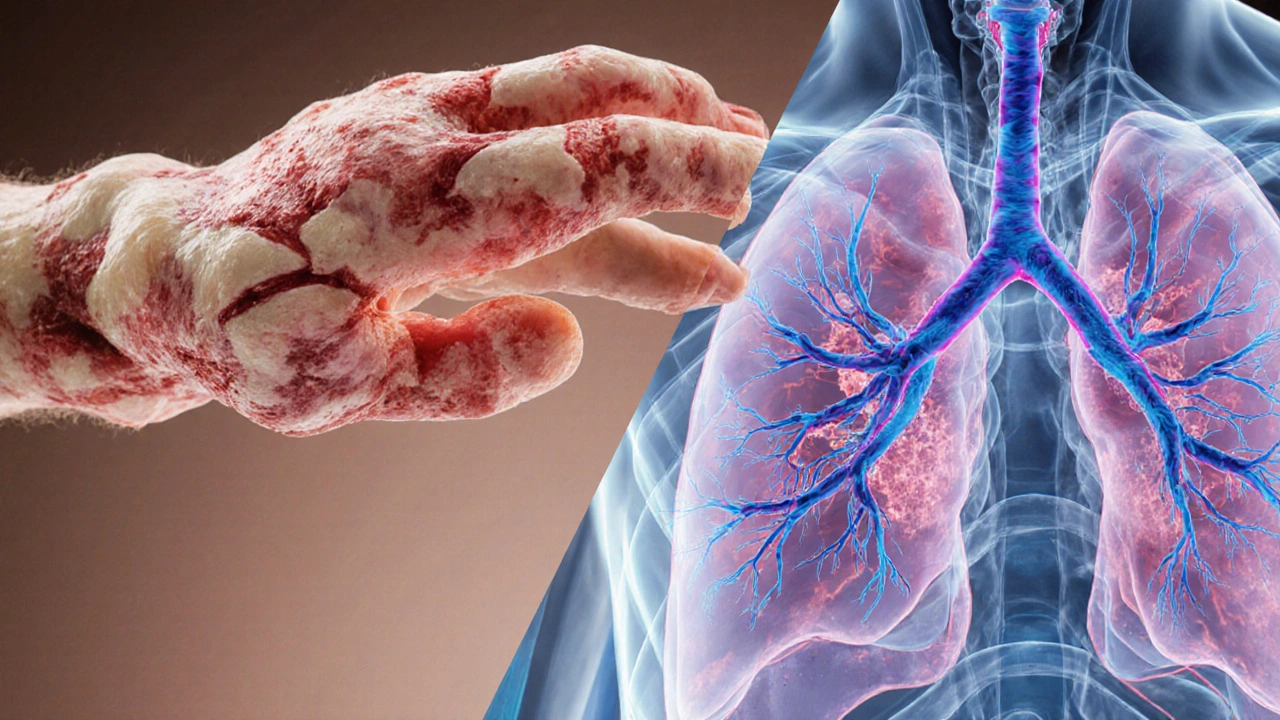Pulmonary Arterial Hypertension: What It Is and Why It Matters
When dealing with pulmonary arterial hypertension, a progressive lung vascular disease that raises pressure in the pulmonary arteries and can lead to heart failure, it’s essential to grasp the basics quickly. Also known as PAH, this condition differs from other forms of high blood pressure because it specifically targets the arteries that carry blood from the right side of the heart to the lungs. Understanding PAH helps you spot early signs, choose the right tests, and start therapy before damage becomes irreversible.
Key Related Concepts
PAH sits inside the broader group of pulmonary hypertension, any condition that raises pressure in the lung’s blood vessels, regardless of cause. While all PAH is pulmonary hypertension, not every pulmonary hypertension is PAH – some stem from left‑heart disease or lung diseases. A critical consequence of untreated PAH is right heart failure, the weakening of the heart’s right ventricle as it struggles against high arterial pressure. This failure often dictates the urgency of treatment.
Therapeutic options revolve around three main pathways. First, endothelin receptor antagonists, drugs that block endothelin‑1, a molecule that narrows pulmonary arteries help relax vessels and lower pressure. Second, phosphodiesterase‑5 inhibitors, medications that boost nitric oxide signaling, leading to artery dilation are commonly prescribed for symptom control. Third, prostacyclin analogs mimic a natural compound that dilates vessels and prevents clotting. Knowing which pathway a medication targets guides doctors in tailoring therapy to each patient’s needs.
Diagnosing PAH starts with a careful history and physical exam, followed by an echocardiogram that flags high pressures in the pulmonary artery. Confirmatory right‑heart catheterization then provides exact measurements, such as mean pulmonary artery pressure ≥20 mmHg and pulmonary vascular resistance >2 Wood units, which are the clinical hallmarks. Once confirmed, patients are classified by the World Health Organization (WHO) functional class, ranging from I (no limitation) to IV (severe limitation). This classification predicts prognosis and informs treatment intensity.
Beyond medication, lifestyle tweaks — like limiting salt, staying active within tolerance, and avoiding high‑altitude exposure — support heart health. Regular follow‑up with a PAH specialist ensures that therapy adjustments happen promptly when the disease progresses. Below, you’ll find a curated list of articles covering everything from the role of potassium in fluid balance to safe ways to purchase generic medications online, all of which can be part of a comprehensive PAH management plan. Dive in to see practical tips, drug comparisons, and evidence‑based advice that complement the medical strategies outlined here.

